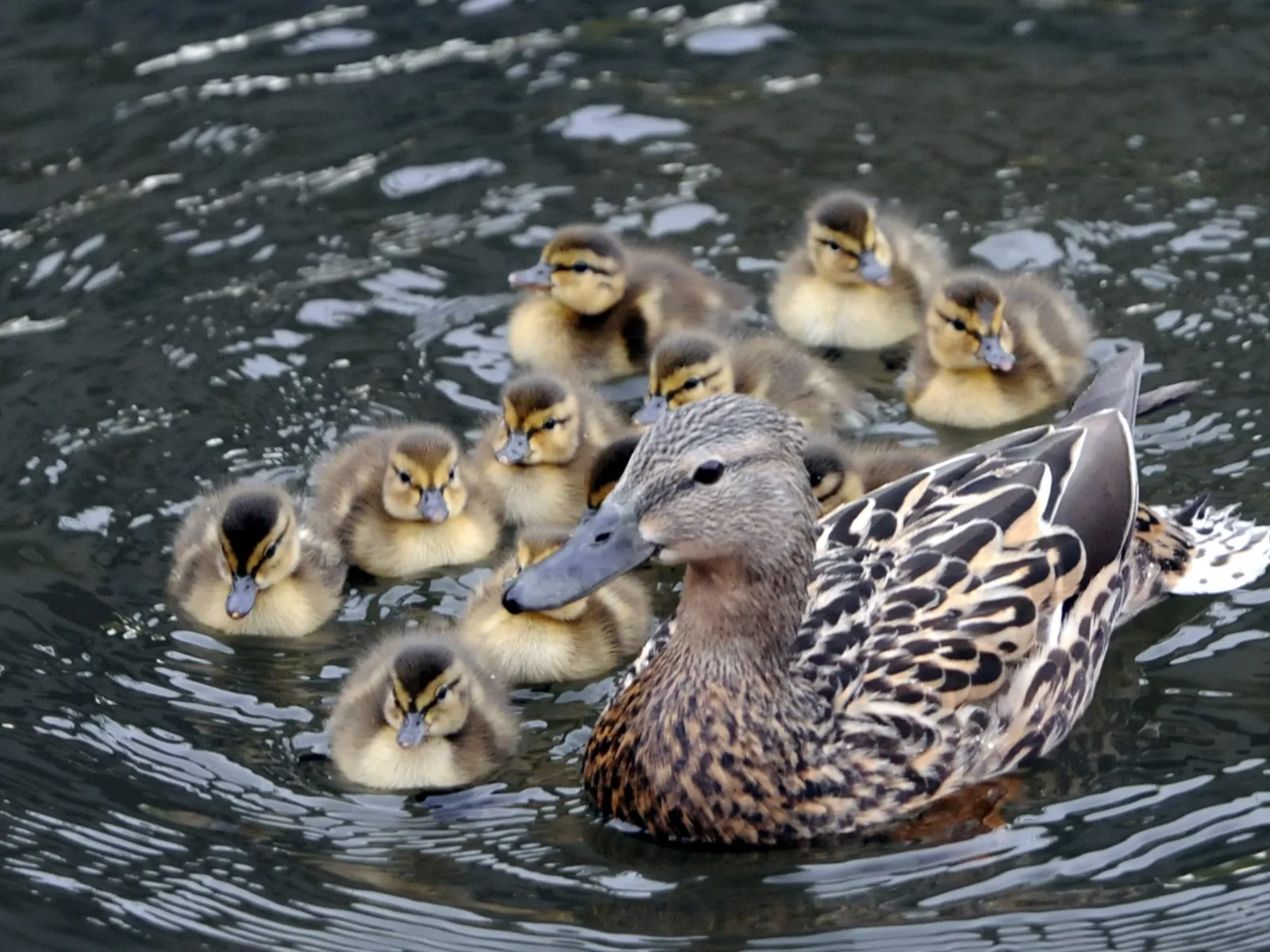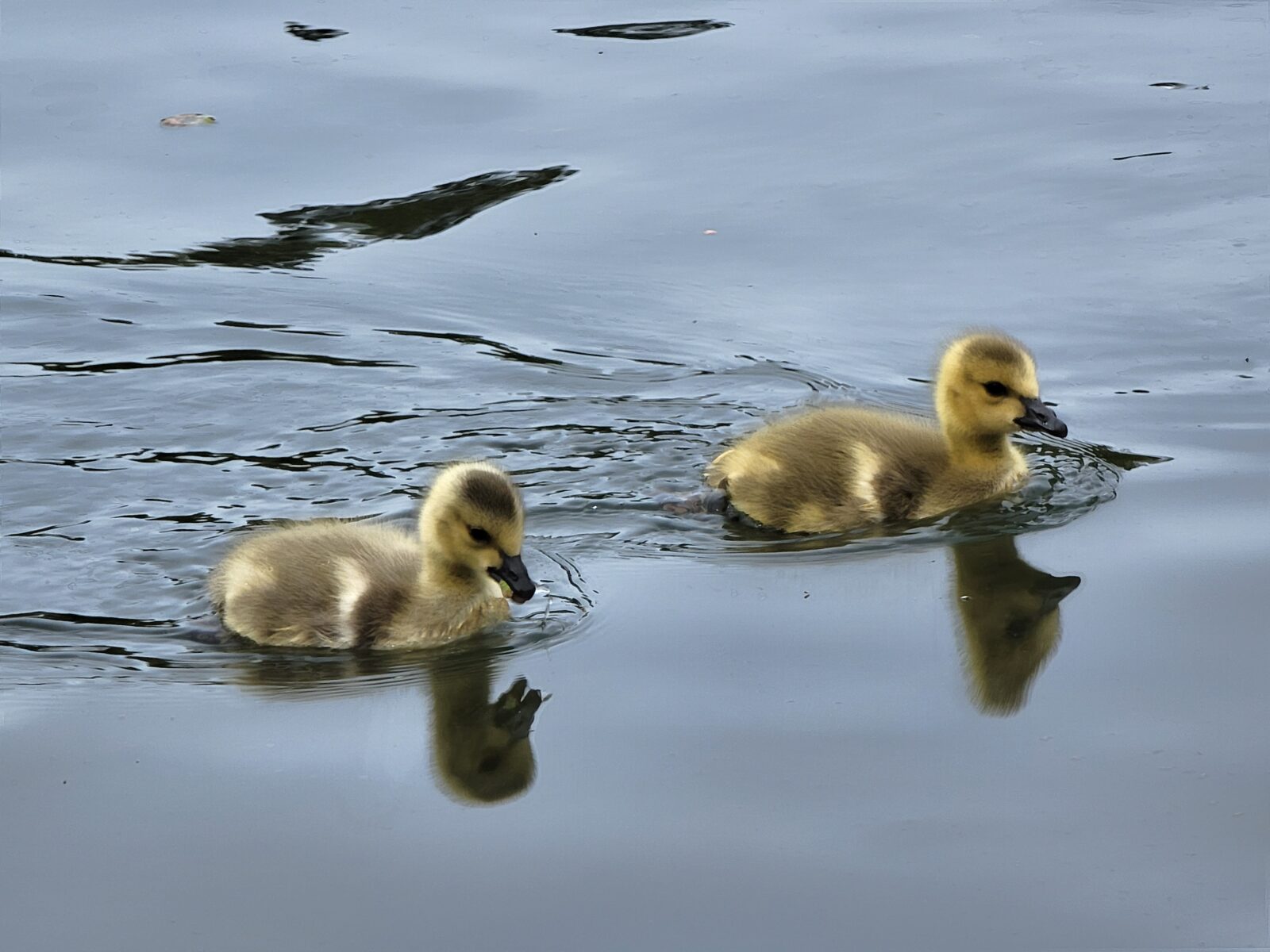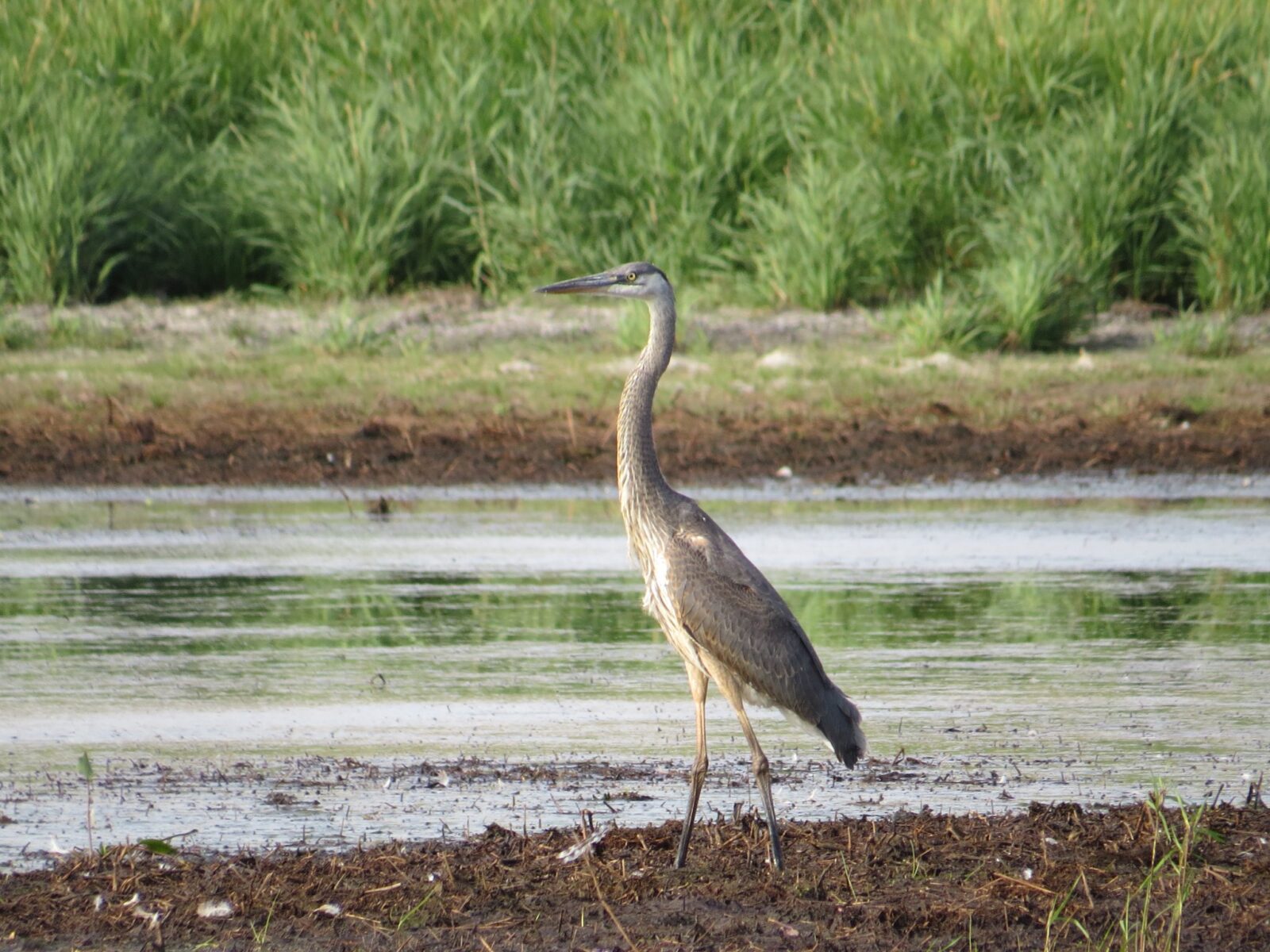Bird’s Eye View: Through time and space
June 23, 2023
June 23, 2023
By Caroline Woodwell, Conservancy Volunteer
Imagine, for a moment, that you are a duck — a Mallard duck.

It is fall of 2022 and you are flying from Spokane toward Coeur d’Alene. Mallards like you fly between 200 and 4,000 feet above the ground. With eyes on either side of your head, you can see 340 degrees: above, below, behind, and in front. Today, stretching out in front of you is the Spokane River, shimmering in the sun as it flows west through a landscape etched more than 13,000 years ago when Glacial Lake Missoula burst through a 2,000 foot-high ice dam on the Clark Fork, releasing a torrent of water that scoured a system of canyons, channels, hummocks and small lakes for hundreds of miles to the west. The landscape that emerged from those floods, laced with streams, potholes, and lakes, and teeming with insects, larvae, flies, seeds, stems, and roots of pond plant life, was good for ducks, other waterfowl, and migrating birds like you!
Just over one hundred years ago, white settlers began to clear forests and drain wetlands for agriculture, build railroads and mine the nearby hills, turning Spokane and Coeur d’Alene into a commercial hub. What did that do to your habitat?

We can see a great example at Saltese Lake in what is now the town of Liberty Lake, at the base of Mica Peak. In 1890 farmers drained this lake and wetland to grow hay. That means that fifty years ago, your ancestor ducks would have seen fields of stubble and herds of cattle as they flew across the valley from the Spokane River.
In 2019, however, Spokane County and a group of conservation organizations (including the Conservancy), began to acquire the hayfields. They refilled the lake and restored the wetland. So, on your flight today, you turn right with the river and fly across the valley landing, as your ancestors did, on Saltese Lake. You find yourself among many bird species, both waterfowl and upland species, all part of an annual migration of tens of thousands of birds who stop at the new (old) lake. You are looking at small willows, cottonwoods, and native grasses. You sit in the midst of thousands of acres of protected land from Liberty Lake to Mica Peak and the Dishman Hills.

The familiar cacophony of birds around you on this wetland wasn’t available to your predecessors 100, 50, or even just five years ago. But it’s available now. Now this protected and restored land is here for you, for generations of Mallards who will follow you, and to all the other species of migrating birds moving across the landscape of the Inland Northwest.
Want to visit Saltese Flats this weekend? Visit the link below to find out more.